Introduction
Situated on the east side of Cobos Street and south of Route 89 lies the Finca where the Alpamanta Winery is being constructed. The property, organized in a rhombus shape, is strategically positioned with its vertices oriented North-South and East-West, resembling a Rosa de los Vientos, or compass rose.

Architectural Layout
The winery, shaped like an “L,” is situated on the East side of the rhombus, with its arms housing the Tank Ships and the Bottle Ship opening towards the West, offering panoramic views of a large water mirror and the Andes mountains. The Barrel Ship is nestled within the triangular space formed by these arms, with entrances for tourism visits facilitated by gentle ramps on the inclined roof.
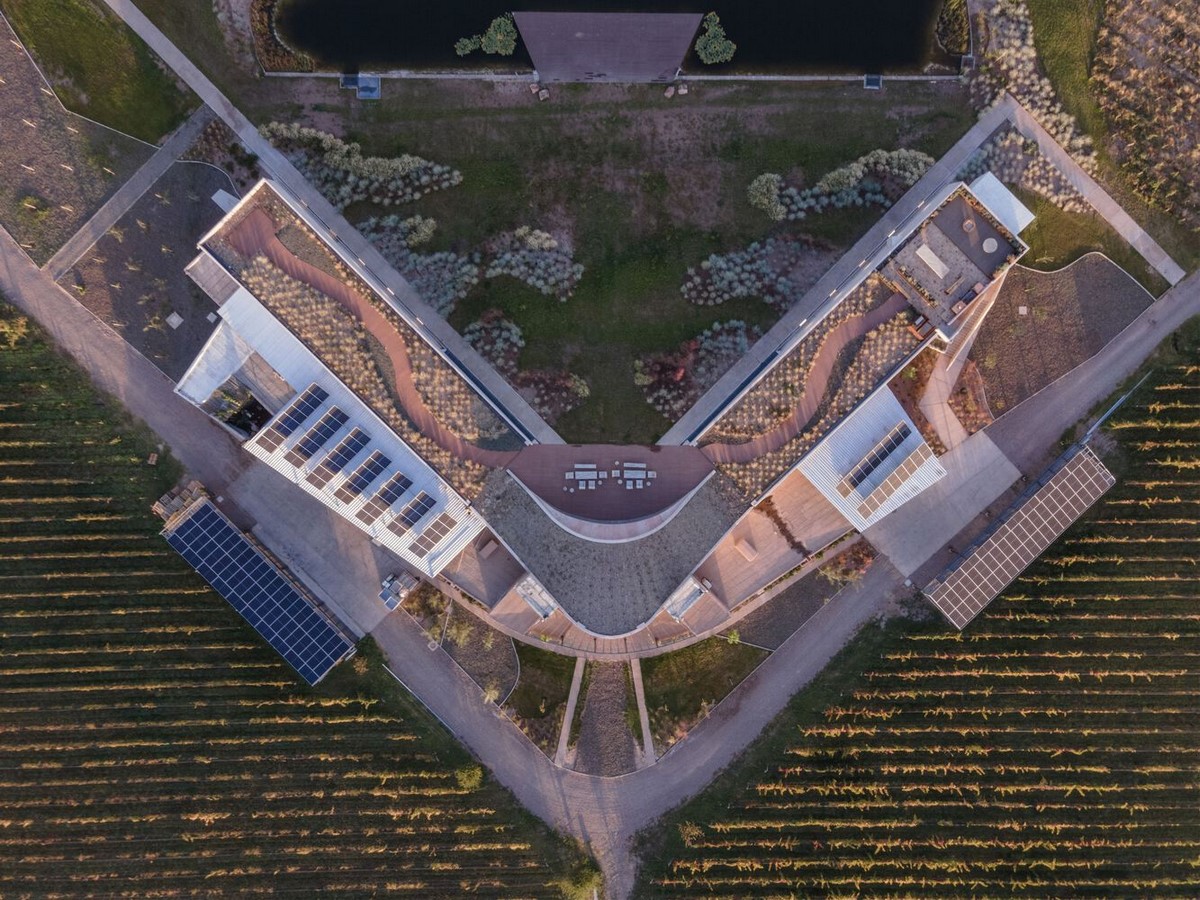
Service Sector
To the east of the winery, a street lined with poplars leads to the service sector, comprising Vintage Eaves, Laboratory, Staff Bathrooms, Dining room, Office, Eaves for bottling, and Deposits.
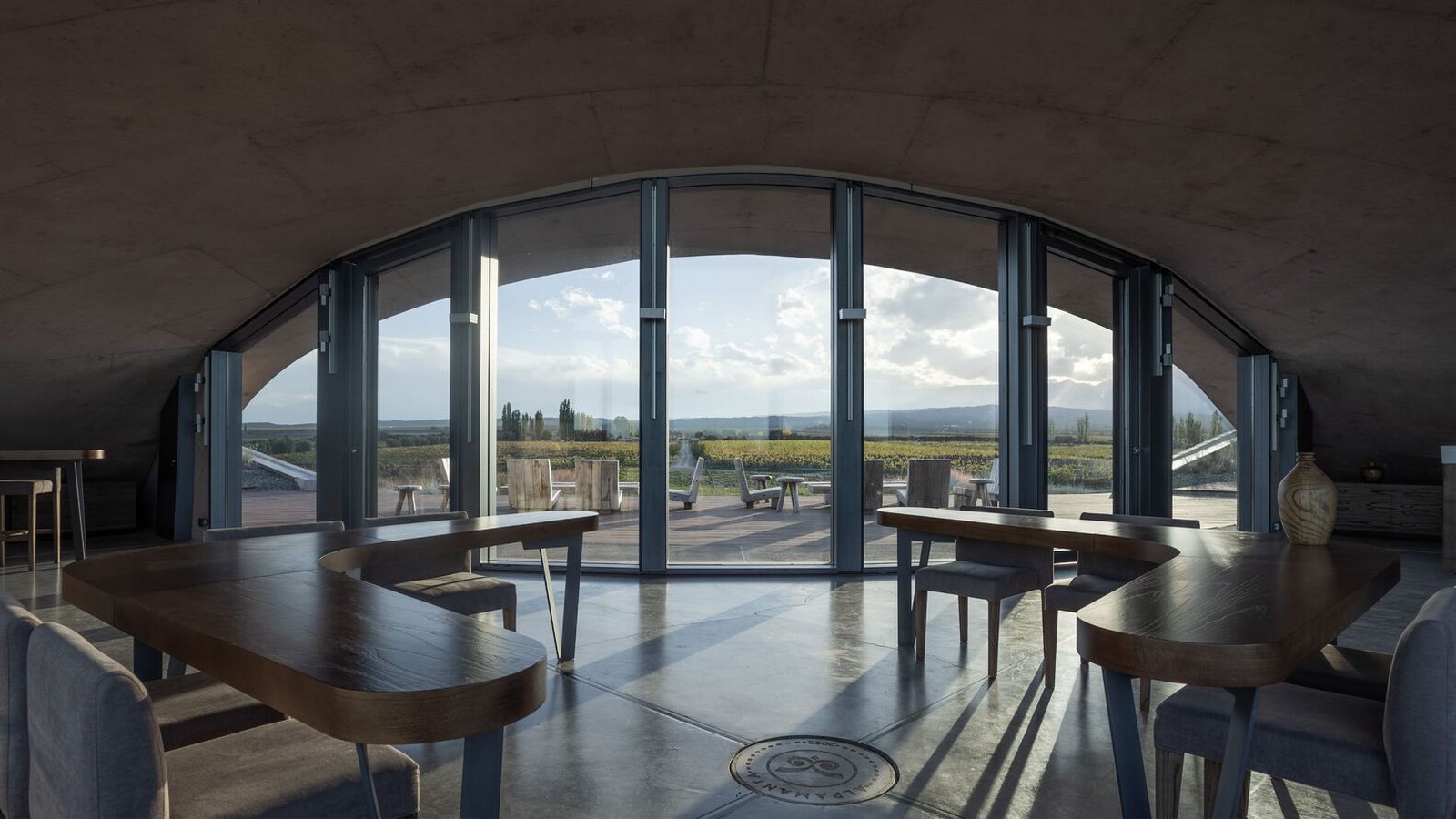
Sustainable Features
All roofs are equipped with a Green Roof system for superior thermal insulation, and their inclination facilitates water harvesting, which is collected in a landscaped irrigation pond. The design prioritizes integration with the landscape, utilizing green slopes to conceal different sectors of the winery and providing natural seating for landscape contemplation and outdoor events.

Spatial Concept
The spatial conception aims for integration with the landscape, emphasizing a dialogue between the natural and constructed elements, control of scale, chromatic integration, and textures. The use of volumetric green slopes not only conceals various winery sectors but also serves as natural bleachers for landscape contemplation and outdoor concerts.

Unique Features
The entrance, situated on a Mirador Terrace at medium height, features a helical ramp leading to the circular Cava, offering views of the Tank Room, Barrel Room, and Stowage Room. Despite being located at ground level, the psychological perception is that of descending into a subsoil space, enhancing the visitor experience.
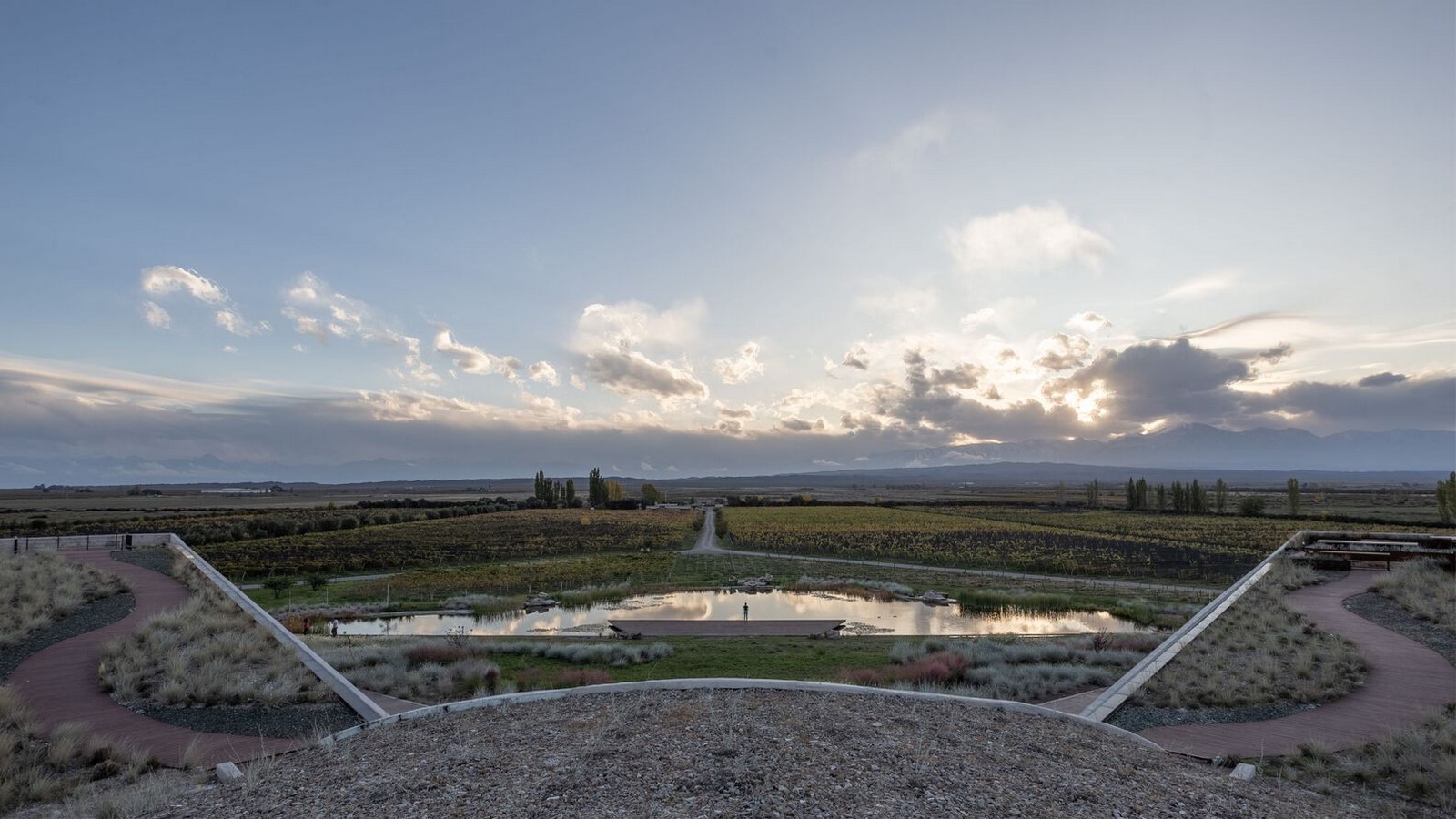
Tasting Sector
The tasting sector, strategically positioned as an articulation of the ships, serves as a space of vertical proportion, connecting the cosmos with the earth. It traverses the tasting cellar and connects to the Prepared Room underground, symbolizing a connection with the earth.
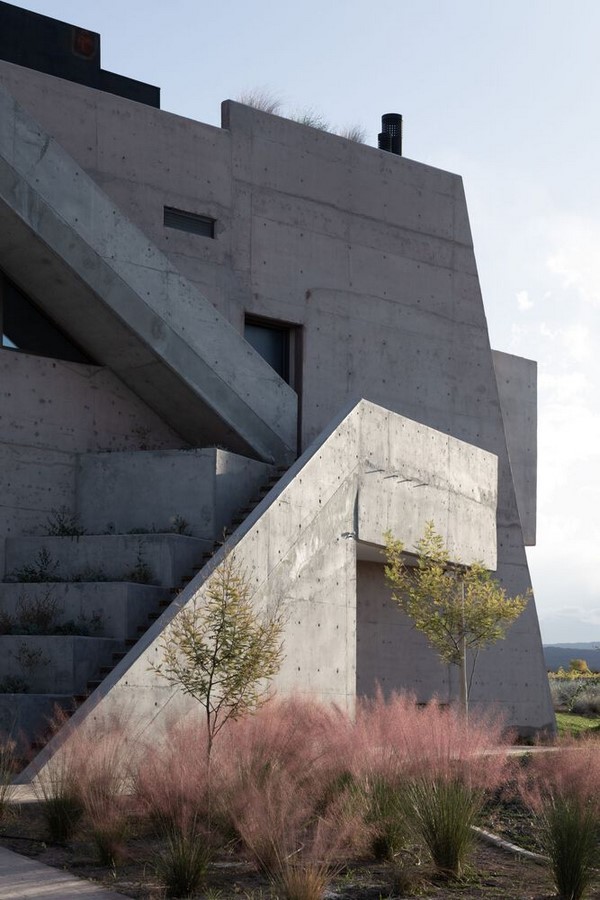
Conclusion
The Alpamanta Winery exemplifies an innovative architectural approach that seamlessly integrates with the surrounding landscape while prioritizing sustainability and visitor experience. Through careful spatial planning and thoughtful design elements, it establishes a harmonious dialogue between natural and constructed elements, offering visitors a unique and immersive winery experience.




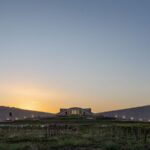


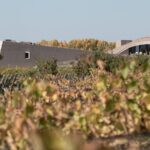



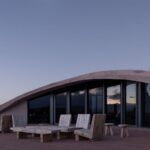
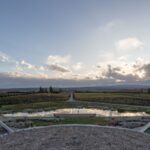


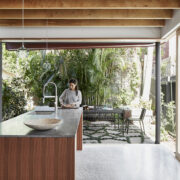

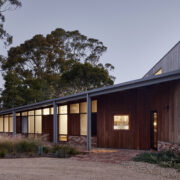
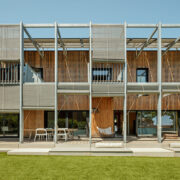




Comments